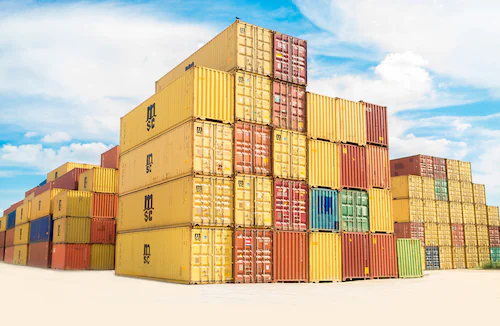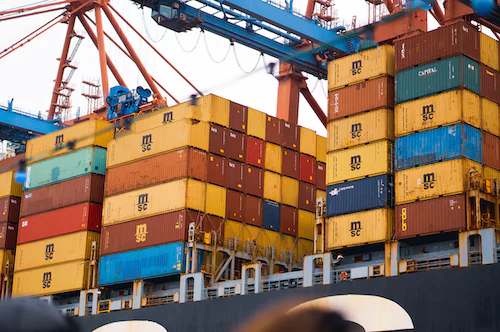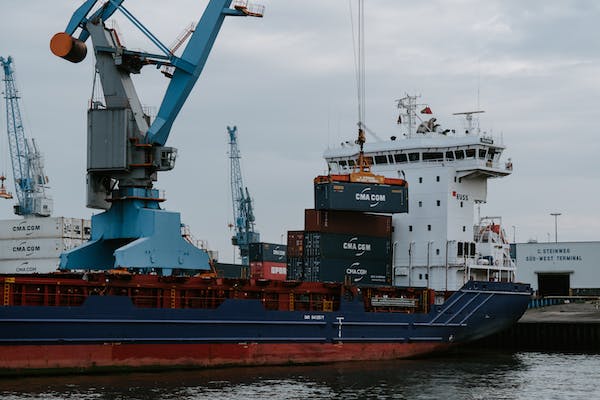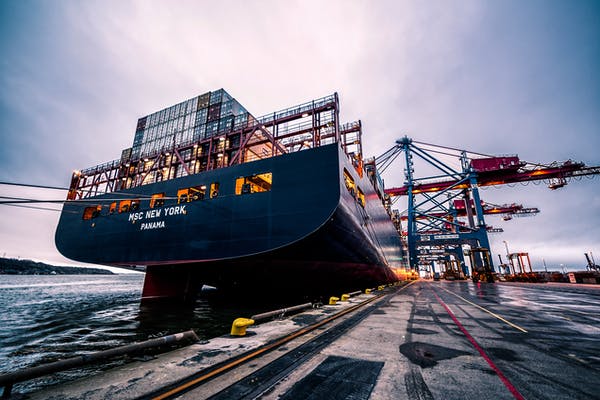How the Suez Canal Issue Affects the Global Supply Chain
The recent Suez Canal blockage caused by the Houthi rebel attacks has sent ripples through the global supply chain. As one of the busiest waterways, the canal facilitates the daily transit of billions of dollars’ worth of goods between Europe and Asia. The disruption has led to a backlog of vessels, delaying shipments of vital commodities.
Many international freight forwarding company rerouted around the Cape of Good Hope, while others container ships paused their cargo movements until further notice. This resulted to the prolonging of many shipments’ journeys which adds up costs to maritime companies. This is also expected to add to yet another pile of inflation causing further economic strain.
With the current low water level of the Suez, it is expected that prolonged delays will likely impact industries worldwide, from manufacturing to retail, highlighting the vulnerability of the interconnected global supply chain to unexpected disruptions, prompting reassessment of logistical strategies.

Importance of Suez Canal in Global Trade
Engineered by French diplomat Ferdinand de Lesseps, the Suez Canal was constructed between 1859 and 1869, during the era of European colonial expansion. Situated in Egypt, this waterway holds immense economic significance in global trade due to its strategic location and pivotal role as a maritime artery connecting the Mediterranean Sea to the Red Sea. Upon its completion, the Suez Canal immediately transformed global trade patterns, reducing travel distances and transit times for maritime vessels.
This ambitious endeavor emerged as a vital lifeline for global trade, serving as a crucial conduit for the transportation of goods between Europe, Asia, and Africa. Approximately 12% of global trade volume passes through the canal annually, encompassing a diverse range of commodities, including oil, natural gas, manufactured goods, and agricultural products.
Impact on Global Supply Chain
The Suez Canal is a vital link in many global supply chains, particularly for time-sensitive goods such as perishable items or components used in manufacturing. During the pandemic which started at the end of 2019, supply chains were put to extreme pressure but was able to flow smoothly by 2023.
However, by the end of the year, another disruption happened when the Yemeni rebels—the Houthis attacked Israel. Adding to their strategy is attacking civilian container ships at the Red Sea that goes to and from the Suez. This is seen as a major global impact as it will again cause long term effects on global trade and supply chains such as the following:
Shipping Delays and Increased Costs
In the event of geographical conflicts, maritime traffic through the canal is greatly disrupted altogether. This result in delays and congestion as vessels are forced to reroute around the Cape of Good Hope, significantly extending transit times and increasing costs for shipping companies.
What adds to the price are higher fuel costs and additional expenses for shipping of the goods and other commodities therein. These increased costs would likely be passed on to consumers, leading to higher prices for goods transported by sea.
Impact on Energy Markets
Approximately 10% of global seaborne oil trade passes through the Suez Canal, making it a critical route for the transportation of oil and gas between the Middle East and Europe. With the recent events unfolding every day definitely leads to fluctuations in oil prices and supply shortages affecting energy markets worldwide.
Financial Losses
The economic impact is so significant that billions of dollars is lost revenue for shipping companies, insurers, and other businesses reliant on maritime trade. The ripple effects of supply chain disruptions would also be felt across various industries, leading to financial losses and decreased economic growth.
Response and Risk Mitigation Efforts
As these attacks happen, the UK and US governments are trying their best to pacify the rebel group through airstrikes. However, the group keeps all efforts to strike back at any moment they can.
As for analysts, the problem has happened before and many say that ocean freight security process will again be restored. It is a hopeful take. However, time can only tell when it is to happen. But as of now, the most feasible course of action are the shipping alternatives around the southern part of South Africa. Some industry experts focus on nearshoring or relocation of their supply to avoid further delay of goods, streamline production, and avoid going through middlemen system.
While the attacks are showing no signs of halt, shipping companies are doing their best to think of ways to protect and keep the supply chain going. The expected recovery timeline is still bleak and all that commercial vessels can do is move forward doing the effective commerce despite the danger of the continuing conflict.









